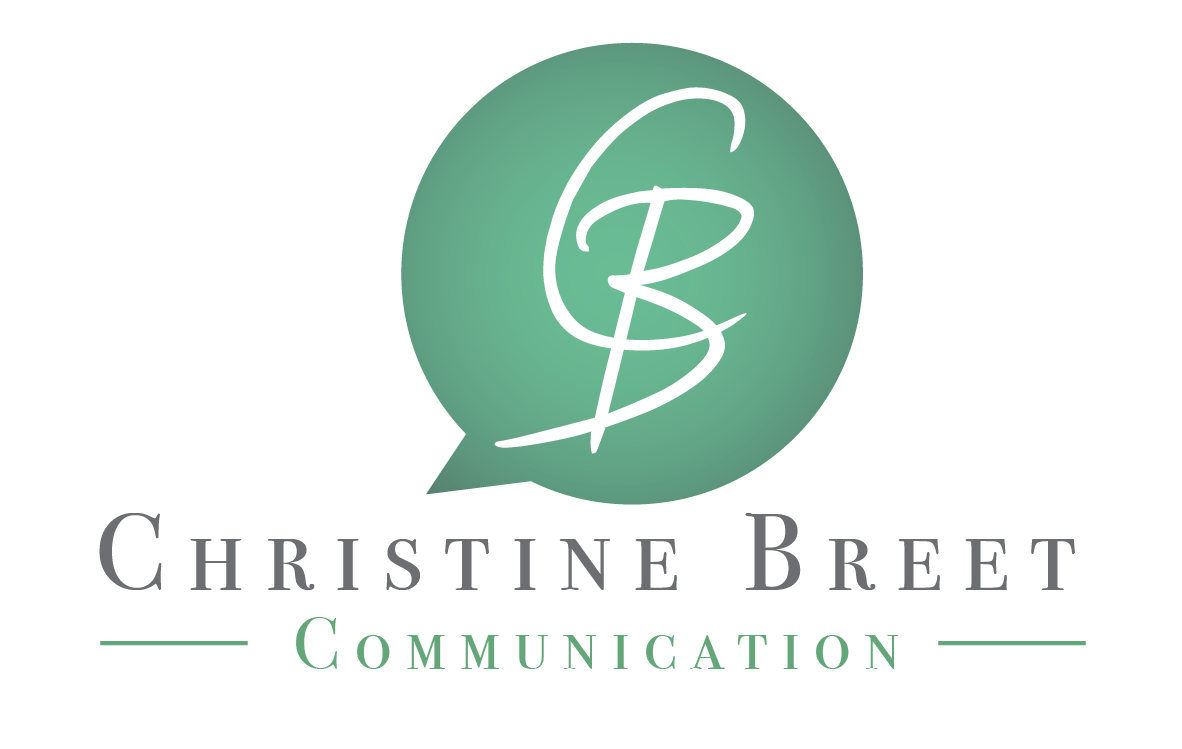The old saying goes that the only constant in life is change. But with the COVID pandemic change fatigue set into many organisations. Employees had to learn how to work virtually, still connect with each other and also reach their business targets. The current debate is what should the hybrid working model look like or is the change like Tesla where all employees need to go back to the physical office.
Change fatigue is resistance or passive resignation to organisational changes on the part of an employee. It manifests in negative reactions such as burnout, frustration or apathy — and results in lower employee engagement and productivity. Unfortunately, the pandemic created a long-term uncertainty that no one could anticipate or are used to. This ongoing crisis impacts nearly every aspect of our home and work lives, and we have not been able to replenish our capacity. We are seeing the consequences of this at work.
According to a study from Gartner, employees’ ability to cope with change is 50% of what it was pre-pandemic. The study also found that smaller changes create more fatigue and not the big changes such as a merger or acquisitions. Changes that impact someone’s day-to-day life, such as moving to a new team or getting a new manager, impact employees 2.5 times more than larger, more structural changes.
Some employees can absorb change better than others. As leaders, you actively need to engage employees in all facets of change management, instead of using traditional top-down mandates. Gartner identified two key factors that differentiated those employees who had a high capacity for change and those who had a low capacity for change: trust and team cohesion.
Trust
Trust implies that the employee believes that leaders, managers, the communication team and HR have the employee’s interests in mind; consider the impact the change will have and say what they mean and follow through on their promises.
Where there is low trust the employee’s capacity for change is cut in half. The flipside of the coin is when employees perceive a high trust, the change effort has 2.6 times the capacity to absorb change compared to those with low trust.
It is always good communication practice to communicate with your teams, but during change, you need to over-communicate. Tell the truth. Ensure that they understand the messages and be transparent with information. It is important that team members understand how changes will impact each member of the team and the organisation.
During change it is important for leaders to ask,”How do we take care of ourselves and our mental health, when the things we’re communicating about impact us so deeply and directly? How do we talk about things that we’re still trying to deal with ourselves?”
The answer is simple. “Tell the truth.”
Tarana Burke (activist from the Me Too movement) stated “Don’t pretend you are okay. Do not pretend that it is going to be okay. Do not go numb. Do not cover it up with platitudes. Do not communicate what you do not believe. Be honest – that is all that we can do. If you do not know what to say, say that. If you are still processing, say that. Speak the truth. It is the only thing we can and should do”. Telling the truth builds trust.
Communication is a two-way street and listening becomes even more important. During a change phase your employees are not expecting you to have all the answers, but they need and expect humanity from you. By being honest you can make them feel seen and less alone in their possible pain and confusion. It will also help show your team that you care about them, both professionally and personally.
Team cohesion is the second factor to consider in change fatigue. It refers to the extent to which team members share a sense of belonging and connection, and commitment to and accountability for a collective goal. When teams experience high levels of disruptive change, they may feel stuck in an everlasting change fatigue phase.
Team cohesion can give employees a 1.8x increase in change capacity, according to the Gartner research. Remember team cohesion is not a once-off but has a continuous lifecycle.
The Gartner research shows that the best approach to managing change and reducing change fatigue is to focus on how employees experience change, not just the outcomes of changed behaviours. Think about the desired experience first, and then work backward to identify the specific change actions that are needed to create that experience. The report also states that empowering different levels of leaders and teams to shape the change experience builds greater cohesion and teams can define the desired experience for the changes they are implementing. It also links back to the first factor, trust as it builds trust among employees by supporting consistent delivery of that desired change experience.
You can manage change fatigue by prioritising change initiatives to support your company goals and focus first on what will make the most significant difference to your organisation and your employees. Reduce employee stress and fatigue by limiting simultaneous changes.

